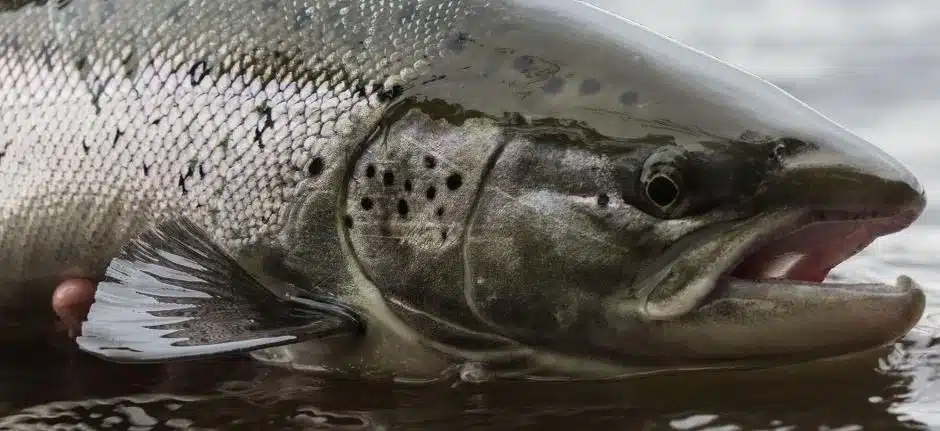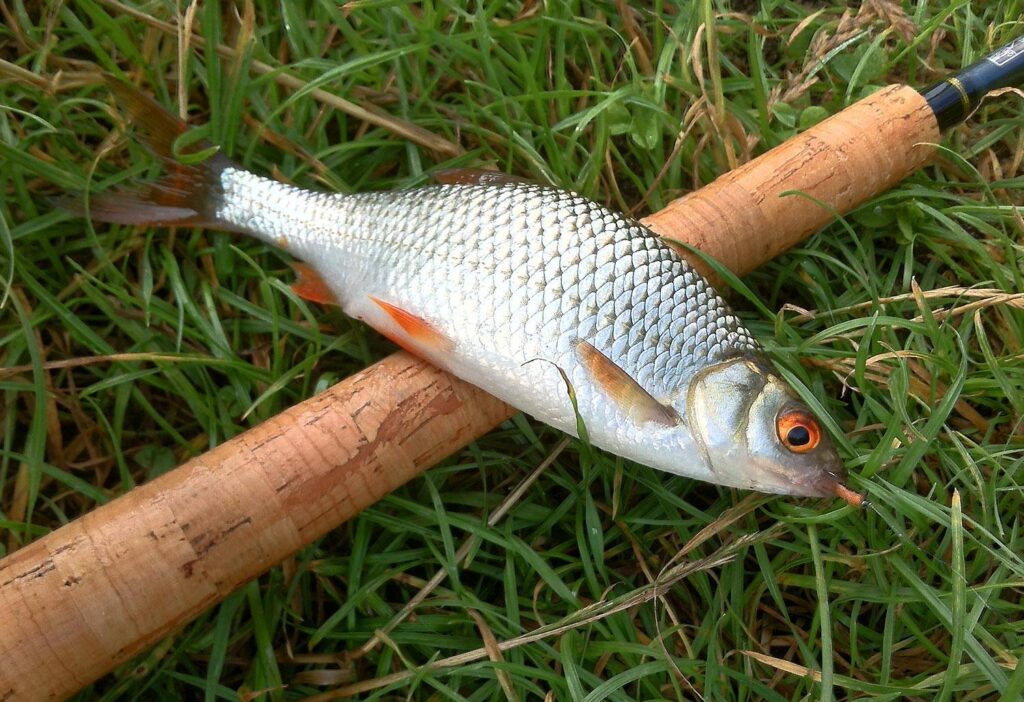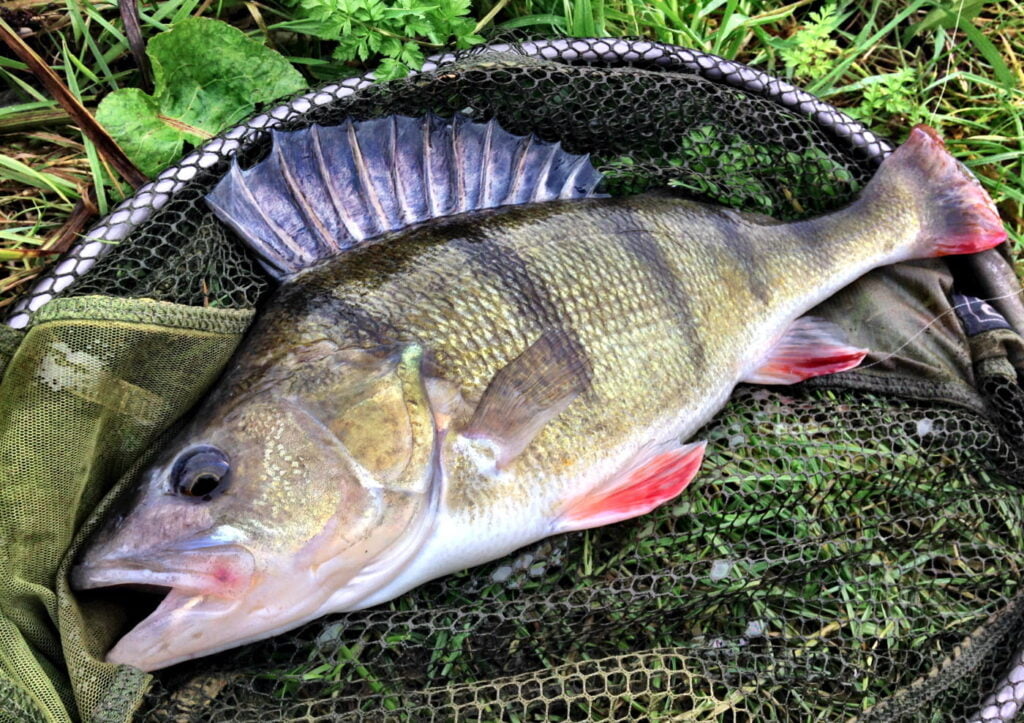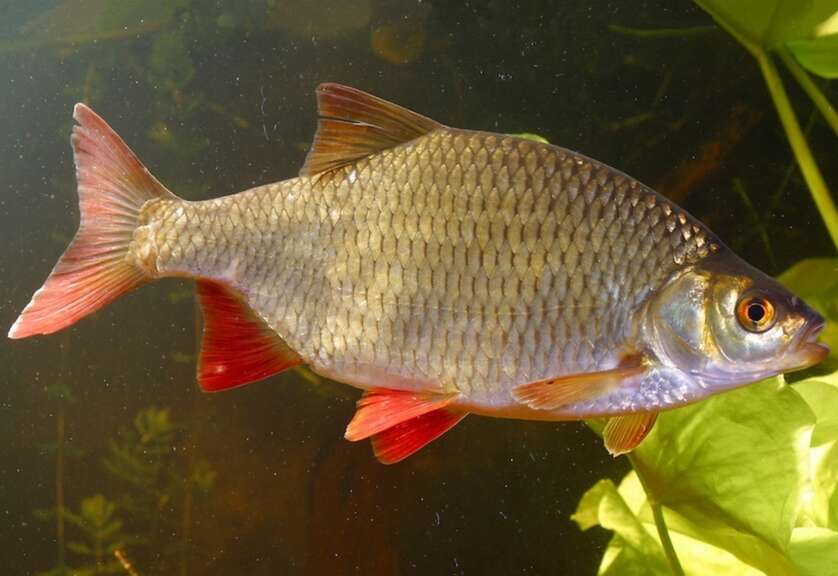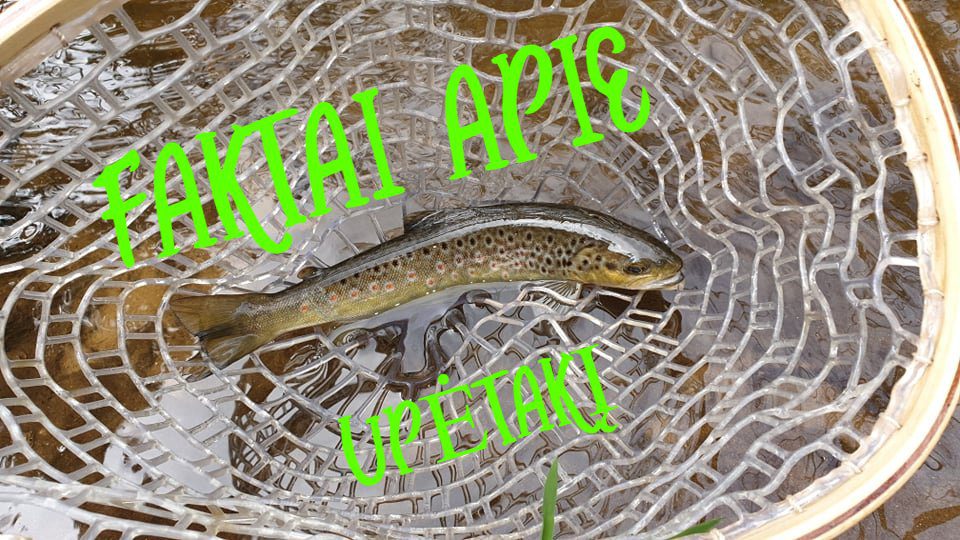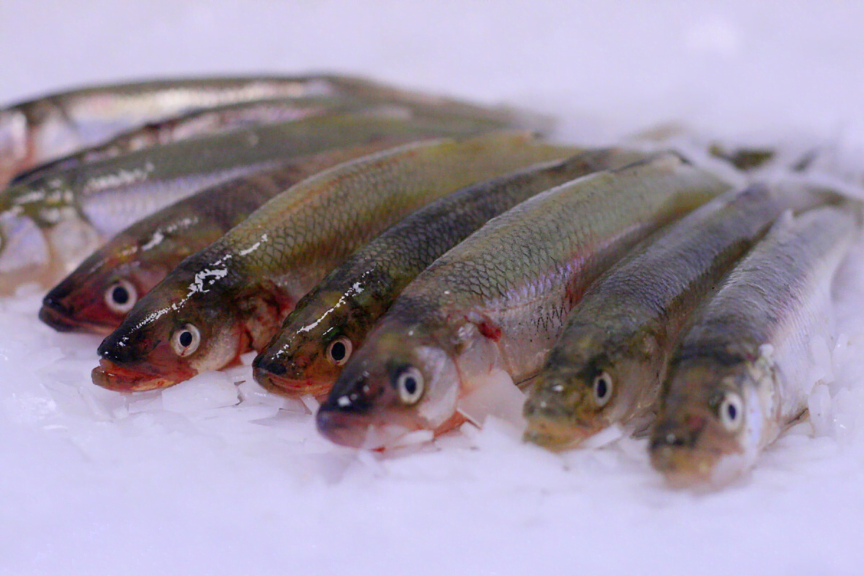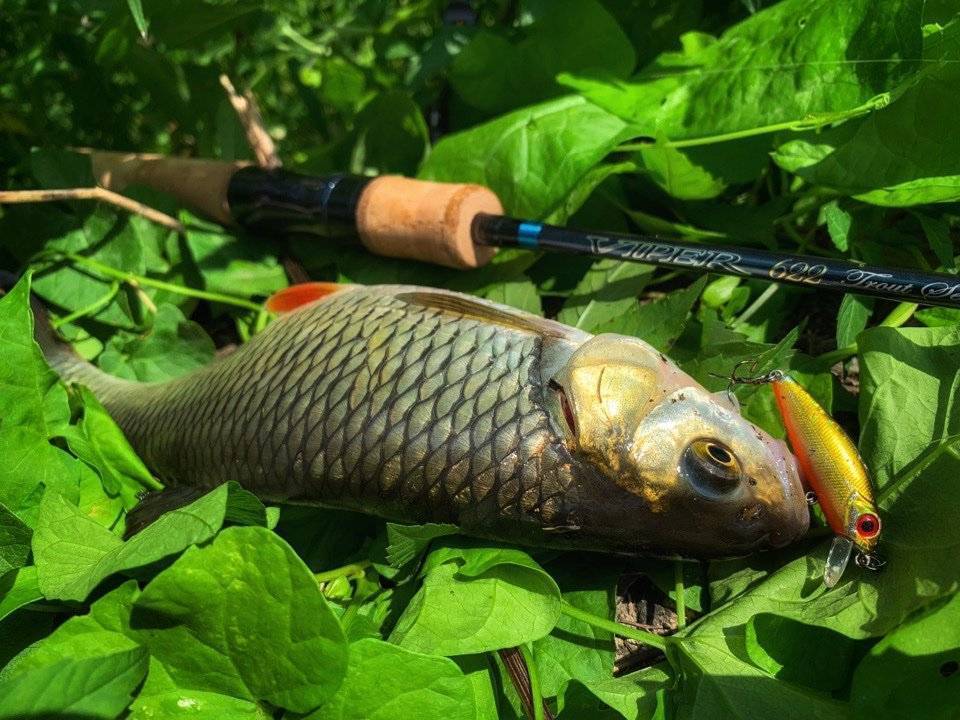Lašišinių šeima yra viena iš įspūdingiausių gėlavandenių žuvų grupių, kuriai priklauso daugiau nei 60 rūšių, įskaitant sykų gentį. Sykai yra ypatingi dėl savo ekologinės ir komercinės vertės. Jų lotyniškas pavadinimas Coregonus reiškia „kampas“ arba „vyzdys“. Ši asociacija kilo iš jų išskirtinių kampuotų vyzdžių, kurie tapo sykų pavadinimo pagrindu. Sykas ne tik reprezentuoja savo giminę, bet ir yra laikomi itin svarbiais vandens ekosistemos elementais, nes prisideda prie natūralių mitybinių grandinių palaikymo.
Sykas laikomas viena iš seniausių žuvų rūšių. Jie atsirado dar silūro periodo pabaigoje, daugiau nei prieš 400 milijonų metų, ir nuo tada sėkmingai prisitaikė prie daugelio aplinkos pokyčių. Tai, kad sykai išgyveno tiek metų, rodo jų gebėjimą prisitaikyti prie įvairių gyvenimo sąlygų. Pirmasis sykų aprašymas buvo pateiktas dar 1758 m. garsaus gamtininko Karlo Linėjaus, kuris sužavėjo mokslinį pasaulį, atskleisdamas šių žuvų ekologinę reikšmę ir unikalumą.
Kokį dydi gali pasiekti sykas
Sykai yra viena iš tų žuvų, kurios dydis labai priklauso nuo jų gyvenamosios vietos ir porūšio. Mažesni sykai užauga vos iki 20 cm ilgio, o didžiausi, priklausomai nuo aplinkos sąlygų, gali siekti net 1 metro ilgį. Ežerų sykai dažniausiai užauga iki 70–80 cm, tačiau tai dar ne riba. Didesni individai, ypač tie, kurie gyvena giliuose, maisto turtinguose vandens telkiniuose, gali sverti iki 12 kg.
Įdomu tai, kad syko dydį taip pat lemia ne tik maisto gausa, bet ir aplinkos sąlygos, tokios kaip vandens temperatūra ir deguonies kiekis. Deguonis yra ypatingai svarbus, nes sykai negali ilgai išgyventi vandens telkiniuose, kuriuose jo trūksta. Taip pat sykų dydį įtakoja ir jų mityba – kuo turtingesnė maisto bazė, tuo greičiau auga ši žuvis.
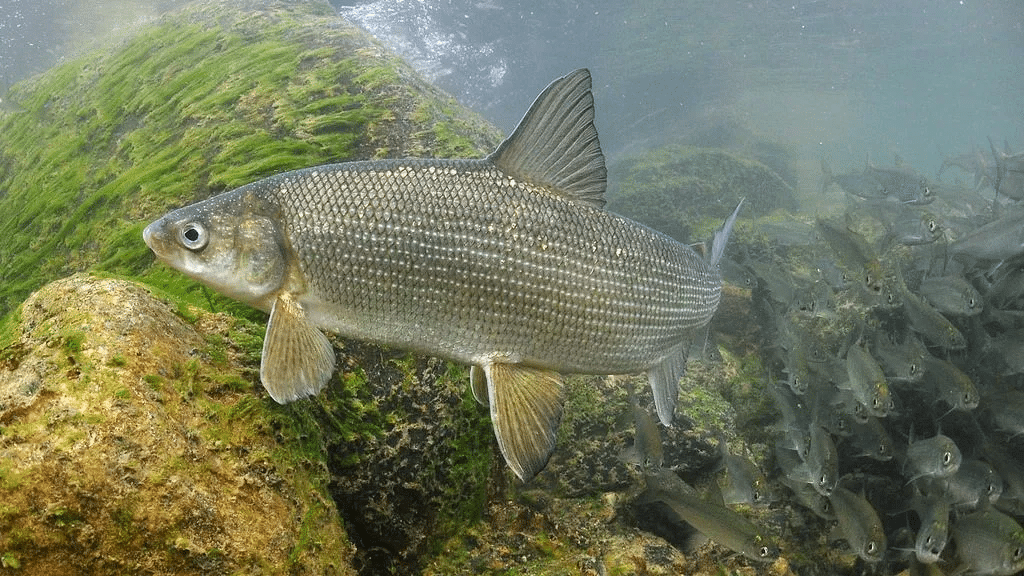
Kaip neršia sykas
Syko nerštas – tai vienas iš įdomiausių šios žuvies gyvenimo ciklo etapų. Nors sykai yra ilgaamžiai, lytinę brandą pasiekia tik po kelerių metų. Patinai subręsta apie 4 gyvenimo metus, o patelės – tik apie 6 metus. Šis vėlyvas brendimas leidžia sykams užaugti pakankamai dideliais ir stipriais, kad galėtų sėkmingai neršti. Nerštas dažniausiai vyksta rudenį, kai vandens temperatūra nukrinta iki 5 °C. Šis procesas gali trukti nuo rugsėjo iki gruodžio.
Patelės per vieną nerštą gali padėti iki 30 tūkst. ikrų, kuriuos dažniausiai deda į augalais apaugusius užutėkius. Tai leidžia ikrams geriau pasislėpti nuo plėšrūnų. Po neršto žuvys grįžta į savo įprastas buveines, o iš ikrų po kelių mėnesių išsirita lervutės. Šis gyvybės pradžios etapas yra itin jautrus, nes dauguma ikrų ir lervų tampa plėšrūnų grobiu ir žūsta.
Kur gyvena sykai
Sykai yra ypatingai prisitaikę prie švarių ir deguonimi prisotintų vandenų, o jų gyvenamosios vietos išsiskiria šaltu ir skaidriu vandeniu. Tai reiškia, kad sykai negali išgyventi užterštuose ar šiltesniuose vandens telkiniuose, nes deguonies trūkumas tampa lemiamu veiksniu jų išlikimui. Būtent dėl šių savybių sykai dažniausiai sutinkami giliuose ežeruose, švariose upėse ir kalnų regionų vandens telkiniuose.
Įdomu tai, kad sykai dažniausiai laikosi viduriniuose vandens sluoksniuose arba dugno duobėse, kur jie jaučiasi saugūs. Tokios vietos suteikia jiems gerą slėptuvę nuo plėšrūnų ir užtikrina, kad jie galės lengvai rasti maisto. Dugninės duobės yra mėgstamos sykų buveinės, tačiau jos dažnai tampa konkurencijos objektu tarp žuvų. Jei sykui patinka tam tikra vieta, jis aktyviai gina ją nuo kitų žuvų, net jei jos yra tos pačios rūšies. Vis dėlto, jauni sykai dažniau laikosi arčiau vandens paviršiaus ir krantų, nes jie yra mažiau įsitvirtinę savo teritorijoje.
Sykai Lietuvoje yra reta ir saugoma rūšis, kuri įrašyta į Lietuvos Raudonąją knygą. Jie aptinkami tik keliuose giliuose ir švariuose ežeruose.
- Platelių ežeras – tai pagrindinė natūrali sykų populiacijos vieta Lietuvoje. Šiame ežere sykai yra ledynmečio reliktai, gyvenantys giliausiuose vandens sluoksniuose, kur vanduo šaltas ir prisotintas deguonies.
- Verniejaus ir Spindžių ežerai – šie ežerai buvo papildyti sykų populiacija perkeliant žuvis iš Platelių ežero, siekiant išsaugoti ir plėsti jų arealą.
- Vištyčio ežeras – šis pasienio ežeras taip pat yra viena iš vietų, kur sykai veisiami ir saugomi. Pastaruoju metu Vištyčio ežeras buvo įtrauktas į sykų veisimo programas, kad būtų padidinta jų populiacija.
- Lūšių ir Asalnų ežerai – šie ežerai yra istorinės sykų buveinės, tačiau jų populiacija čia yra labai maža arba įveista siekiant plėtoti rūšies išsaugojimą.
Lietuvoje sykai nėra tokie paplitę kaip kai kuriose kitose šiaurinėse šalyse, nes jie labai jautrūs vandens kokybei. Sykų apsauga yra svarbi, nes šios žuvys yra ne tik ekosistemos dalis, bet ir vertinga gamtos dalis.
Sykas kulinarijoje
Syko mėsa laikoma tikru delikatesu dėl savo švelnaus skonio, maistinės vertės ir universalumo virtuvėje. Skirtingai nuo daugelio lašišinių žuvų, syko mėsa yra balta, todėl ši žuvis dažnai vadinama „balta lašiša“. Syko mėsoje beveik nėra smulkių kaulų, o tai daro ją ypač patrauklia gurmanams ir tiems, kurie mėgsta paprastai ruošiamą, bet itin skanią žuvį.
Syko mėsa yra mažai kaloringa, tačiau labai maistinga. Joje gausu baltymų, Omega-3 riebalų, taip pat svarbių vitaminų ir mineralų, tokių kaip jodas, fluoras, cinkas, vitaminai A, B ir PP. Šios medžiagos yra itin svarbios imuninei sistemai stiprinti, širdies ir kraujagyslių ligų prevencijai bei hormonų pusiausvyros palaikymui. Dėl šios priežasties syko mėsa dažnai rekomenduojama žmonėms, kurie nori pagerinti savo sveikatą ir laikosi subalansuotos mitybos.
Sykas yra itin universalūs – jį galima kepti, rūkyti, troškinti, virti, sūdyti ar vytinti. Sykų mėsa puikiai dera su įvairiais prieskoniais ir padažais. Be to, sykų rausvos spalvos ikrai laikomi ypatingu delikatesu, kuris savo verte nenusileidžia tradiciniams lašišų ikrams. Jie dažnai naudojami gurmaniškuose patiekaluose, pavyzdžiui, patiekiami ant duonos su sviestu ar dedami į sushi.
Syko gastronominė vertė taip pat daro įtaką jų populiacijai – didelė paklausa skatina intensyvią žvejybą, o tai kai kuriose vietovėse kelia grėsmę šios žuvies išlikimui. Todėl daugelis šalių įgyvendina griežtas syko žvejybos taisykles, siekdamos išsaugoti šią vertingą žuvį ateities kartoms.

